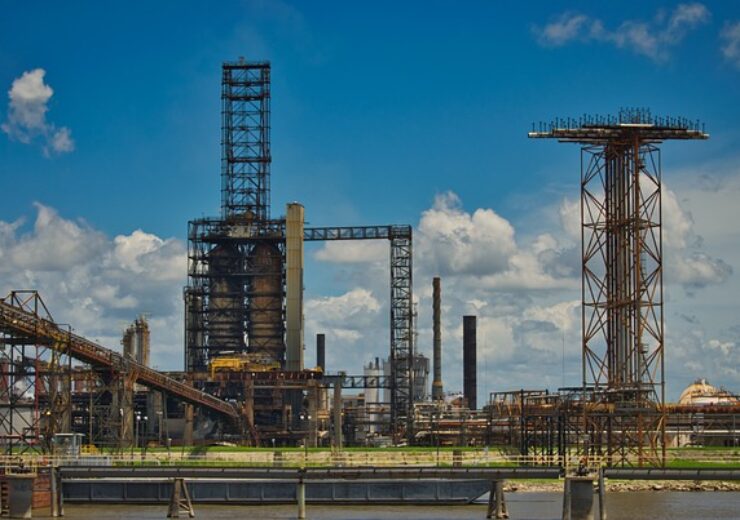Launched in 2017 by entrepreneur Sam Schutte, Synthica already has long-term agreements in place to manage waste from several local manufacturers

Synthica to break ground on new renewable natural gas plant in St. Bernard. (Credit: Thomas H. from Pixabay)
Cincinnati-based Synthica St. Bernard has developed a renewable energy solution that will take more than 500 tons of food waste every day and turn it into enough energy to power thousands of homes while removing thousands of tons of CO2 and methane from the atmosphere. Synthica will break ground on its new Renewable Natural Gas (RNG) facility in St. Bernard, Ohio, at 10:00am on Thursday, July 27.
Located at 5410 Vine Street, the facility will be the first of its kind in Greater Cincinnati and divert nearly 200,000 tons of waste from local landfills and sewers each year. Manufacturers will have less distance to truck their waste, lowering costs and cutting down on diesel emissions. And by sensibly and sustainably disposing of industrial waste, the anaerobic digester will create a renewable natural gas (RNG) energy source.
“The benefits of organic waste management are clear – environmental protection, investment, job creation,” said Sam Schutte, founder and CEO of Synthica St. Bernard. “We’re on the front end of a movement that’s fusing new technology with environmental consciousness, and it’s creating a mutually beneficial opportunity for businesses to better manage their waste and communities to create more eco-friendly footprints.”
Launched in 2017 by entrepreneur Sam Schutte, Synthica already has long-term agreements in place to manage waste from several local manufacturers. Schutte has built a team of engineers, industry experts and partners with deep experience in Fortune 500-level environmental services, commercial real estate financing, renewable natural gas markets, and infrastructure improvement projects. St. Bernard, in the heart of Cincinnati’s industrial core and just minutes from the former Ivorydale facility, is one of the city’s iconic manufacturing hubs.
“The U.S. currently has only a few dozen stand-alone systems that digest food waste. Synthica St. Bernard is filling the void and putting Cincinnati on the map as a leading hub for renewable energy,” added Schutte. “Local demand is significant right now. Despite being home to hundreds of manufacturers, there are currently no anaerobic digestion plants within 50 miles of Cincinnati. That means operating a food manufacturing plant in our region is more expensive than in places like Cleveland or Columbus, because of the increased cost of hauling away byproducts. That puts Cincinnati at a distinct disadvantage when trying to attract and retain businesses.”
The anaerobic digester like the one being built in St. Bernard will use time-tested technology that transforms waste into renewable energy. In the past, many digesters have been located on farms, which meant a key part of their business model was processing animal waste. As the technology has evolved, advanced storage, odor control, and pretreatment options have become available that allow digesters to be compatible with urban areas.
“Renewable natural gas is created by breaking down organic feedstocks from sources such as industrial food waste and food scraps, municipal wastewater, or carbon-rich materials,” added Schutte. “All of these sources can be found in the St. Bernard area and the numbers are just staggering. The average American home wastes 250 pounds of food every year, and food waste from industrial sources just in Ohio tops 8 million tons annually.”
Beyond St. Bernard, Synthica is evaluating business models and potential properties for additional plants. Schutte added that Synthica’s aggressive business model will shift the entire paradigm. “The implications for Cincinnati can be profound and generational. Removing tons of waste from landfills is one thing, but the economic and environmental considerations run even deeper.”
Source: Company Press Release
